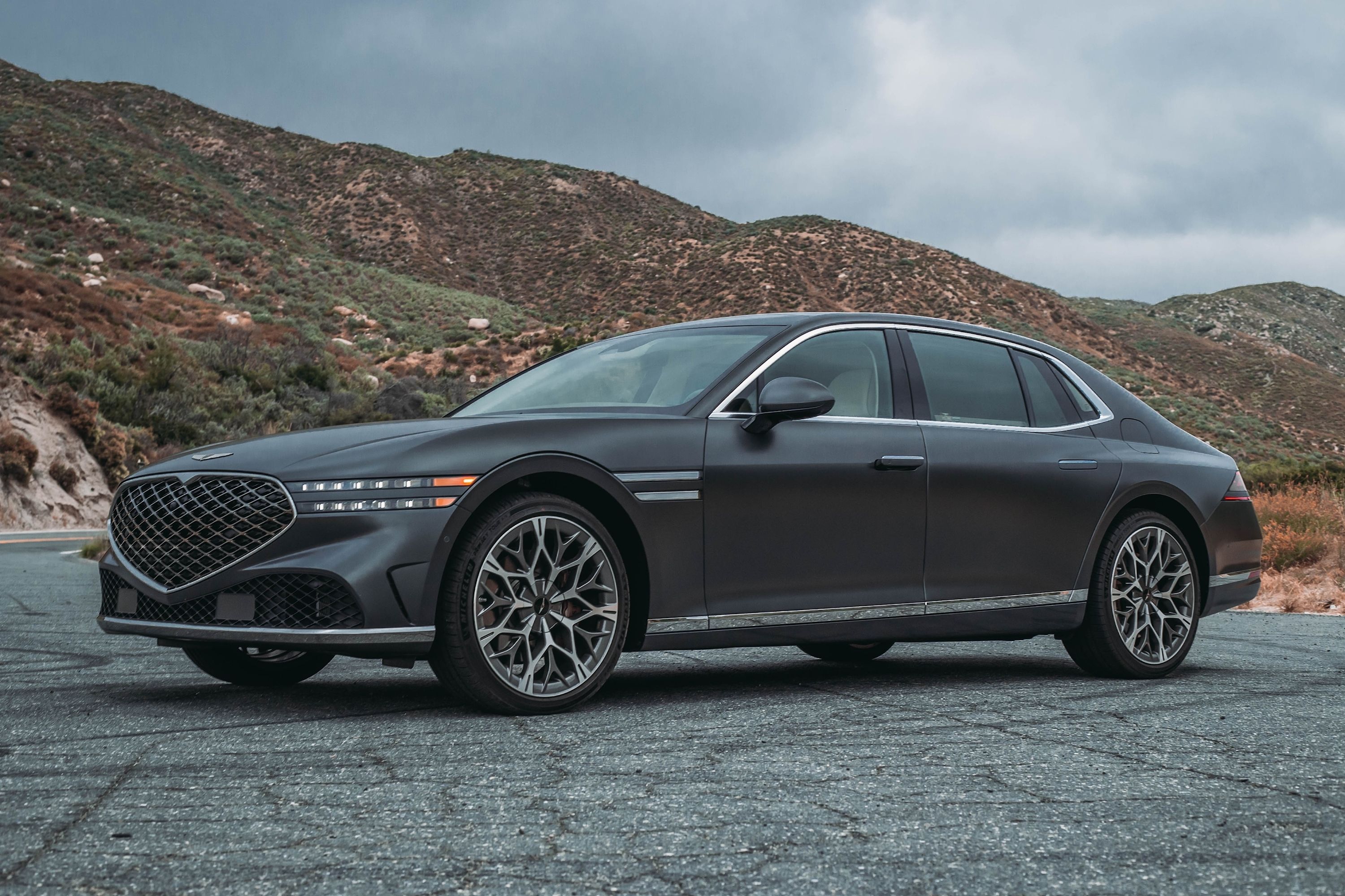
Digital noise-canceling systems are well-known in the luxury vehicle realm, but Hyundai wants to enhance this technology for future luxury vehicles like the Genesis G90 by taking the primary noise-canceling responsibilities away from a car's speakers and giving them to your earphones.
According to a patent discovered by CarBuzz at the US Patent and Trademark Office (USPTO), this noise cancellation system designed by Hyundai and Kia will likely be used to improve the rear-seat entertainment experience by eliminating ambient sounds in a vehicle. This sounds similar to currently-available technology, but there is a big difference in the way that familiar principles are applied.
This patent details the process for monitoring ambient noise at the passenger's ears by means of microphones embedded in the earpods in conjunction with the regular cabin-mounted microphones. This allows the digital processor to more accurately calculate the optimal noise-canceling frequencies and then play the optimized noise-canceling sound through both the earpods and the vehicle's audio system.
Because the use of earpods is explicitly specified in the patent, we believe that this system will primarily be used to enhance the audio experience for passengers who may be enjoying some form of multimedia while traveling: Airpods or Bluetooth earphones already represent the current norm in this application, and this patent is a natural progression of the established technology.
The main advantage of this development is that the ambient noise is measured at the passenger's ears and not only by microphones located elsewhere in the vehicle. This enables the system to tailor both the earpods' and the vehicle's audio system outputs to achieve more-effective noise cancellation.
There's an added measure of cleverness built in by sensing the position of the earpod microphones and then adapting the vehicle's audio system accordingly for optimal noise cancellation. The system can also distinguish between the voices of other passengers and normal ambient noise and adjust the audio outputs of the speakers and earphones to either enhance or reduce their speech volume in the vicinity of other passengers.
Noise cancellation uses the principle of destructive sound wave interference. This means that a sound processor "listens" to ambient noise through a microphone, processes the received sounds to create similar but inverted soundwaves, and then plays these inverted soundwaves through speakers to counteract the soundwaves that create the perceived noise.
Current technology already allows this processing power to be built into headphones, but most cars with this feature listen to the overall overall cabin noise through strategically-placed microphones before canceling it by playing average inverted sounds through their audio system speakers. However, some ambient noise almost invariably makes it past the digital sound processors, which led Hyundai to develop this technology even further.
This isn't the only recent noise cancelation development, as GM has worked on a variable system specifically for convertible and roofless cars that could also come to fruition.
